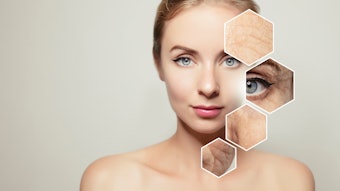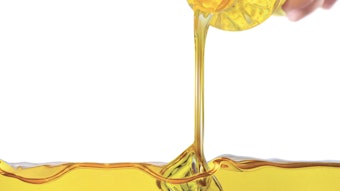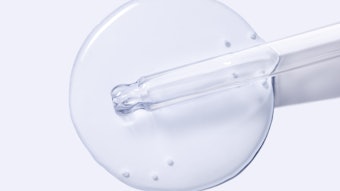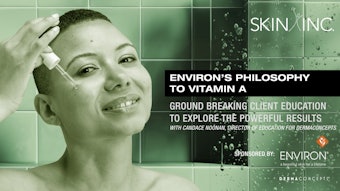Chemical peels using either alpha hydroxy acid or beta hydroxy acid are both highly effective in treating mild to moderately severe facial acne, researchers at the Saint Louis University School of Medicine have found--the first study to compare the two different types of acid peels as therapies for the skin disorder.
Peels using beta hydroxy acid (or BHA) had slightly fewer side effects and results that lasted a bit longer than did peels using alpha hydroxy acid (or AHA), the study found. But overall, both types of treatments were similarly effective in reducing lesions caused by acne vulgaris, the medical term for common facial acne, which affects some 85% of all people 12 to 24 years old.
"This is good news for the millions of Americans who suffer from mild to moderately severe facial acne," said Dee Anna Glaser, MD, vice chair and professor of dermatology at the Saint Louis University School of Medicine. "This provides more options for patients and doctors to chose from when it comes to tailoring a treatment program for each individual."
AHA, which is also called glycolic acid, and BHA, also called salicylic acid, are frequently used by physicians to induce light skin peels, which help treat fine lines and wrinkles, acne and uneven texture and coloration. The peel removes a very thin layer of skin, which in turn promotes the growth of new, smoother skin.
Both types of acid are derived from organic compounds. AHA has the same active ingredient that's found in sugar cane juice, sour milk and tomato juice, while BHA is derived from salicin, which is closely related to the active ingredient in aspirin.
The study involved 20 patients with moderate to severe facial acne. Their average age was 24 years; 13 were women. Each was treated with a chemical peel every other week for six weeks, with follow-up visits one month and two months after the last treatment.
Each treatment involved applying alpha hydroxy acid to one side of the face and beta hydroxy acid to the other side. Neither the patient nor the person who later evaluated them were aware which side of the face had been treated with which acid.
The study found that both types of chemical peels significantly reduced acne lesions within two weeks of the first treatment, and patients continued to see a reduction in lesions through the first follow-up visit a month after the treatments had finished.
At the time of that first post-treatment visit, 94% of patients were judged to have had good or fair improvement in acne lesions on both sides of the face, as assessed by a blinded evaluator.
A month later, at the second post-treatment visit, 81% of the sides of the face treated with beta hydroxy acid still showed good or fair improvement in acne lesions, compared with 75% of the sides of the face treated with alpha hydroxy acid. However, the sides of the face treated with alpha-hydroxy acid had developed a few new lesions, though this was judged not to be significant.
In general, both types of acid peels yielded the same side effects, which typically decreased over the course of the treatments. The most common of these included redness, peeling and scaling--though with alpha hydroxy acid, the degree of the peeling and scaling was judged to be greater.
The research is published in a recent edition of Dermatologic Surgery.
In addition to Glaser, other researchers involved in the study included Katherine Flanagan, MD, and Edward Kessler of the Saint Louis University of Medicine; Christina Chia, MD, of the Yale University School of Medicine; and Cynthia Rogers, MD, of Port Saint Lucie, FL.
Adapted from materials provided by Saint Louis University.
ScienceDaily, February 7, 2008










